Thirteen inspirational academics have been honoured for the outstanding quality and approach to their teaching.
The 22nd annual Pilkington Prizes, which honour excellence in teaching across the collegiate University, were held at Corpus Christi College last night.
The prizes are awarded annually to academic staff, with candidates nominated by Schools within the University.
The Pilkington Prizes were initiated by Sir Alastair Pilkington, the first Chairman of the Cambridge Foundation, who believed passionately that the quality of teaching was crucial to Cambridge’s success.
This year’s recipients received their awards at a ceremony attended by Professor Graham Virgo, Pro-Vice-Chancellor for Education.
![Dr Michael Aitken]()
Dr William (Bill) Allison – University Reader in Physics, Department of Physics
Dr Bill Allison, Reader in Physics at the Cavendish Laboratory, has made a huge contribution to physics teaching during his career, and inspired many students both in the lecture theatre and the laboratory. His innovative lecture courses on topics such as condensed matter physics and thermodynamics have been well received by students, and he has always been a willing contributor to the teaching program.
Dr Allison has made a significant effort in the undergraduate laboratories to make sure students appreciate the importance of experimental physics and enjoy learning practical physics skills. Student feedback such as ‘Head of Class Bill Allison is absolutely brilliant…’ is a testament to this. In addition to this wide-ranging and high-quality contribution in the laboratory and lecture theatre, Bill has in previous years played a leading management role, organising the laboratory's teaching and serving as Chair of the Physics Teaching Committee.
![]() Dr Stephen Barclay – University Lecturer in Palliative Care and General Practice, Department of Public Health and Primary Care
Dr Stephen Barclay – University Lecturer in Palliative Care and General Practice, Department of Public Health and Primary Care
Dr Stephen Barclay leads the Clinical School’s teaching programme in Palliative and End of Life Care.
This is a challenging topic for medical students, confronting their expectations of what a doctor can do, often in emotionally charged situations. Stephen and his team help students to develop the knowledge and skills required, culminating in the highly regarded two day “Death and Dying” course for final year students. Dr Barclay has taken Cambridge’s programme, nationally recognised for its excellence, and used it to lead the development of a national curriculum.
Graduates regularly contact us to share how valuable the Palliative Care teaching has proved to be, sharing feedback such as: “The palliative care teaching I had in Cambridge was amongst the best student teaching I had… Since qualifying it has been immensely useful and I have often used what I learned.”
Dr Barclay is a truly excellent and inspiring teacher who willingly gives his time to students. More widely, he is a clinical pastoral advisor, sits on the Fitness to Practice Committee and plays a major role in the development and implementation of high quality written and clinical assessments.
![]() Dr Paula Buttery – Senior Lecturer, Department of Theoretical and Applied Linguistics
Dr Paula Buttery – Senior Lecturer, Department of Theoretical and Applied Linguistics
Dr Paula Buttery has played an instrumental role in developing the new Linguistics Tripos. As the teaching coordinator for this new Tripos she has worked tirelessly to ensure the successful delivery of its courses. She is also involved with a new MML initiative to develop a course of inter-departmental translation seminars in which she will contribute a session on machine translation.
Dr Buttery applies equal energy to her engagement in the Department’s MPhil course, in which she coordinates the Research Methods Seminars and the Computational Linguistics course. She is respected by both colleagues and students who recognise not only her organisational ability but also her excellence as a teacher at every level, reflected in consistently outstanding feedback from students. She inspires the gifted, motivates those who struggle and is unstinting in giving extra time to those who need it, supporting them with great patience and good humour.
Last year Dr Buttery was awarded funding from the Cambridge-Africa Alborada Fund to build a spoken language corpus of an indigenous Ugandan language with partners at Makerere University, Uganda, and to develop a teaching skills exchange.
![]() Dr Nik Cunniffe – Lecturer, Department of Plant Sciences
Dr Nik Cunniffe – Lecturer, Department of Plant Sciences
Dr Cunniffe began teaching maths to biologists in 2007, firstly as a postdoctoral researcher and then as a Lecturer. In that time he has taught mathematical modelling, statistics, ecology and computing to students in the Department of Plant Sciences. In particular, he is making the computational tools that pervade modern biology accessible to undergraduate students.
His numerous exemplary citations, taken from student feedback over the years, identify his abilities as being sympathetic and subtly humorous, yet mathematically precise and accurate. Anyone who can teach mathematics to biologists and win plaudits such as “amazing”, “the best maths lecturer I have ever had”, or “brilliant lecturer, change nothing” clearly excels in explaining the significance of mathematical biology to undergraduates.
Dr Cunniffe makes an outstanding contribution to teaching practice and learning outcomes in mathematical biology, and demonstrates excellence in style, consistency and diligence. He has been keen to adapt his teaching methods, both in terms of revised lecture content, style and delivery, as well as administration. He has also introduced an additional practical class on epidemiology to the 1B Plant and Microbial Sciences course, as well as contributing lectures and programming practicals to the zoology module “Population Biology”.
Dr Cunniffe is an invaluable contributor to the Department both through his independent research group, and via his continued collaboration colleagues. He also makes an active contribution towards the administration of graduate progression and supervision, as well as driving forward an important research programme which includes key issues such as ash dieback and sudden oak death.
![]() Dr Elizabeth DeMarrais – Senior Lecturer, Division of Archaeology, Faculty of Human, Social and Political Sciences
Dr Elizabeth DeMarrais – Senior Lecturer, Division of Archaeology, Faculty of Human, Social and Political Sciences
Dr Elizabeth DeMarrais has been nominated for her consistently exceptional record of development and delivery of innovative new teaching in Archaeology and the Faculty. Her teaching activities have covered a broad range but her primary focus is on archaeology of the Americas, particularly South America.
Since arriving in Cambridge in 1998, Dr DeMarrais has created three new course offerings at undergraduate and MPhil level, as well as working with Dr Robb to set up and run the Material Culture Laboratory. This centre for interdisciplinary research provides a lively forum for theoretical debate among students, post-doctoral researchers and staff. Dr DeMarrais regularly supervises undergraduate and MPhil dissertations, encouraging students to make use of the first-rate collections held in the Museum of Archaeology and Anthropology. Of a total of 21 undergraduate dissertations supervised since 2000, five of her supervisees have won the Departmental Prize for best dissertation of the year.
Feedback from her students is overwhelmingly positive in describing her teaching and pastoral abilities. Students frequently share comments such as “Elizabeth’s take on the politics of material culture still tinges the way I think about both archaeology and the world I live in. In short, she is a great, great teacher.”; “Elizabeth cares deeply for her students. She always took time to meet with me when I needed advice, and she was always supportive and encouraging” and “She always encourages her students to think independently, and challenge everything we thought we knew about how human societies should work. Her lectures are outstanding: she effortlessly communicates complex ideas and theories, and presents the material in a clear manner.”
Dr DeMarrais has inspired several generations of undergraduate and graduate students by her adept academic guidance in an impressive array of subject areas within Archaeology. She is an outstanding teacher and most deserving recipient of this award.
![]() Dr George Follows – Consultant Haematological Oncologist, Addenbrooke’s Hospital
Dr George Follows – Consultant Haematological Oncologist, Addenbrooke’s Hospital
Dr George Follows’ is a specialist in haematological oncology, particularly caring for patients with lymphoma and leukaemia. He has an extensive research portfolio in Clinical Trials and was awarded a University Associate Lectureship in 2008 in recognition of his outstanding contribution to teaching.
Dr Follows has an extremely busy clinical practice but despite this workload, students have ranked him as the best clinical teacher in Cancer Medicine over the past ten years. In the last five years, he has consistently received three times more "Outstanding Teacher Nominations" than the next highest ranked colleague in a department of over 60 oncologists, thus repeatedly being awarded the departmental Watson Cup for teaching. In 2013 he was awarded the national Stanley Cup for teaching students in oncology.
Dr Follows has all the best attributes of a successful clinical teacher. His teaching is grounded in clinical experience for the students and he finds the time and space within his clinical practice to deliver huge amounts of bedside teaching of the highest quality. Students describe him as “outstanding” and “inspirational” and he is rarely seen in the hospital without a retinue of eager students following behind!
![]() Dr Julia Gog – Reader in Mathematical Biology, Department of Applied Mathematics and Theoretical Physics
Dr Julia Gog – Reader in Mathematical Biology, Department of Applied Mathematics and Theoretical Physics
Dr Julia Gog is both an excellent lecturer and supervisor, as questionnaire feedback from students has consistently shown. Those students who were already interested in mathematical biology, and those who hadn't previously considered studying the subject, have commented on how inspiring her lectures are. She combines innovative teaching methods to great effect, including vivacious handwritten lecturing and sharing supporting materials online.
In addition to her lecturing, she is committed to supporting students and helping them reach their full potential. For example, she has helped undergraduates find summer research placements in various branches of mathematics, and has given many stimulating talks to student societies.
The Faculty is grateful for her insightful statistical analyses of student Tripos performance and her input into framing policy for the structure of credit for project work, on gender issues relevant to its recent Athena SWAN award, and on ensuring fairness of admissions between Colleges. We think that Julia Gog is an outstanding teacher and highly deserving of this prize.
![]() Dr Bart Hallmark – Lecturer, Department of Chemical Engineering and Biotechnology
Dr Bart Hallmark – Lecturer, Department of Chemical Engineering and Biotechnology
Dr Bart Hallmark has shown sustained excellence in teaching in the Department. He has transformed our teaching of Process Design by completely rewriting the lectures that cover the material, and setting a variety of exercises for students on this topic. Dr Hallmark’s lecture courses are always well prepared and students enjoy his lectures, commenting favourably on his explanations and enthusiasm.
In particular, Dr Hallmark has developed the main Design Project, which is an essential element of professional accreditation. Teams of third year students have just five weeks to design a solution to an issue faced by a particular industry, set by the industrial partner. The Design Project is largely responsible for transforming them from undergraduates into engineers who can face the challenges of real world problems. The work required for the Design Project to run smoothly is enormous and it is largely thanks to his efforts that the Project is so successful.
Dr Hallmark makes a number of other significant teaching and outreach contributions. He promotes the undergraduate course at Open Days and answers queries from potential students. He organises the Department’s Teaching Consortium of industrial companies. In particular, he brings industrial visitors into the Department so that they can run transferable skills workshops for undergraduates.
![]() Dr Adrian Kelly – University Lecturer, Department of Pathology
Dr Adrian Kelly – University Lecturer, Department of Pathology
Dr Adrian Kelly has been a Teaching Officer in the Department of Pathology since 1997, and became a University Senior Lecturer in 2012. Over this period he has made a sustained, outstanding contribution to the teaching work of the Department. He is a popular teacher in the Natural Sciences Tripos, the pre-clinical Medical and Veterinary Sciences Tripos, and for the second MB qualification.
Dr Kelly has consistently delivered excellent teaching through his lectures, project supervision, (senior) examining and practical demonstration. He is a popular teacher at IB and Part II, noted in particular for his clear and concise handouts and lecturing style. He has been the Part II course organiser for the Department for many years, and has more recently played a key role in streamlining Part II admissions, maximising the course options to attract the best students, whilst balancing this against the available departmental resource.
Dr Kelly has played a key role in strengthening links and fostering positive relations between the Department and the Colleges. He has established a strong process in the Department for dealing with student and College concerns, and is a committed and well-liked supervisor at both Trinity and Wolfson Colleges.
Dr Kelly has established and maintained productive funded research in immunology, but nonetheless he has been keen to commit substantial time to teaching. In all his teaching roles he has always remained very positive, collegial and constructive. He is a truly excellent colleague.
![]() Professor James (Jim) Secord – Professor of History and Philosophy of Science, Department of History and Philosophy of Science
Professor James (Jim) Secord – Professor of History and Philosophy of Science, Department of History and Philosophy of Science
Professor Jim Secord is one of the outstanding teachers of his generation. Combining the innovative approach exemplified by his own superb publications on nineteenth-century sciences with a shrewd sense of student needs, he has made a huge contribution to education and training in the subject at every level.
Professor Secord began teaching in the Department of History and Philosophy of Science in 1992, after having developed a major teaching programme at Imperial College, London. At Cambridge he has always been deeply engaged in teaching, both in terms of course administration and design, and as a lecturer, supervisor and mentor. His lectures set complex scientific material within a rich social, economic and cultural context, in a way that is accessible to students who have typically not studied any humanities since GCSE. Students consistently describe his lectures as ‘a joy to listen to’, ‘genuinely interested in everything he was speaking about’, and ‘awesome’. As one student summed it up: ‘Jim Secord is a fantastic lecturer’.
Professor Secord combines outstanding lecturing with famously brilliant supervision of coursework, from undergraduate dissertations to PhD theses, distinguished by gentle but probing questions that push students to learn for themselves how to research and write. Secord has an admirable record of working with students who are in potential difficulty or have not been able previously to achieve to their full potential. His care in dealing with students is also evident in his work as a college Director of Studies in History and Philosophy of Science, a role he has undertaken at various colleges in the past, including Churchill, Clare and John’s. As a fellow of Christ’s since 2008, he has developed a strong group with one of the largest cohorts of HPS students in any of the colleges.
As an equally effective and caring mentor to colleagues locally, nationally and internationally, time and again his engagement has turned inquiry in more productive directions and shown us how to draw our audiences in. Having thus taught the teachers too, he is an exceptional candidate for a Pilkington Prize.
![]() Ms Mary Ann Steane – Senior University Lecturer, Faculty of Architecture and History of Art
Ms Mary Ann Steane – Senior University Lecturer, Faculty of Architecture and History of Art
Over many years Mary Ann Steane has made an enormous contribution to the Department of Architecture as coordinator of Tripos teaching and lecturer in environmental design. She became a Lecturer in in 2000 and has been Senior Lecturer since 2012. These official titles do not sufficiently convey her deep understanding of and commitment to the problem of how architecture students learn to design. To successfully learn such a personal and subjective discipline requires both a teacher and an enabler: as well as conveying knowledge and experience, one must ensure that the student is in a position to be able to learn creatively.
Ms Steane does a superb job of balancing these different aspects of teaching. By interacting with students and coordinating the Department’s design teaching fellows, she has devised undergraduate programmes that promote students’ imaginations yet serve to establish them as responsible young designers in the profession.
Her first year lectures in environmental design focus on introducing the complex problem of human ecology in architecture. Students have praised the direct encounters in her field trips, in the UK and beyond, for ‘looking at light in real buildings....’ and her lectures for ‘allow[ing] me to see what we should be constantly thinking’. Her influence also extends to more mature students, with a recent MPhil supervisee having won the 2014 Royal Institute of British Architects President’s prize for his dissertation.
![]() Dr Edgar (Ed) Turner, Teaching Officer in Biological Sciences, Institute of Continuing Education
Dr Edgar (Ed) Turner, Teaching Officer in Biological Sciences, Institute of Continuing Education
Since joining the Institute of Continuing Education (ICE) in January 2012, Dr Edgar Turner has been Academic Director and ICE Teaching Officer in Biological Sciences. He is also an affiliated researcher in the Insect Ecology Group, University Museum of Zoology, and a Fellow of Clare College, Cambridge.
As well as being a charismatic and enthusiastic science communicator, Dr Turner supervises undergraduate and graduate students, has taught an undergraduate zoology field course since 2001, gives Part 1A and 1B lectures, and is Director of Studies at Clare College. Outside the University, he has presented over 70 public lectures since 2006.
As ICE Teaching Officer, Dr Turner has made an enormous difference to the Institute’s Biological Sciences teaching and strengthened our links to the School of Biological Sciences, particularly to Zoology, and to the Museums and Collections. Ed’s teaching includes short courses on topics including evolution, zoological collecting, and the secret lives of insects. He also leads well-received biodiversity tours of Madingley.
Dr Turner has also designed and delivered several new University of Cambridgequalifications, including a Certificate and Diploma in Evolutionary Biology and an Advanced Diploma in Ecological Monitoring and Conservation. Some of his teaching is fully online and his associated open-access online tasters are very popular.
Dr Turner is full of creative ideas and is a committed and collaborative colleague who contributes fully to the Institute’s work.
![]() Professor Jim Woodhouse – Professor, Department of Engineering, School of Technology
Professor Jim Woodhouse – Professor, Department of Engineering, School of Technology
The breadth and consistently outstanding quality of Professor Jim Woodhouse’s contributions to the teaching of Engineering in Cambridge over the last 30 years is remarkable. His experience spans the teaching of first year undergraduate mathematics, through instruction in advanced experimental techniques for graduate students, to providing leadership to his colleagues across the Engineering Department in course design and delivery.
Professor Woodhouse has made good use of his mathematical background to teach widely across the disparate aspects of mathematics used in engineering, from complex analysis to vector calculus to variational methods. He has created well organised and coherent courses that have lived on well past his lecturing tenure. But Professor Woodhouse is also a practical academic, as will be clear to anyone who has heard his wonderful outreach lectures on the engineering of a violin.
He has designed and taught courses on almost all aspects of vibrations and dynamics, and has been instrumental in setting up many hands-on laboratory activities that play such a valuable role in the teaching of engineering. Professor Woodhouse has made an exceptional and enduring contribution to education in Cambridge.
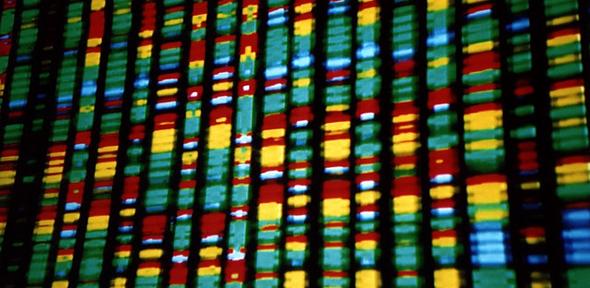


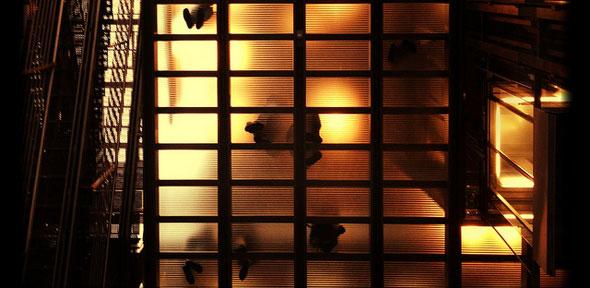



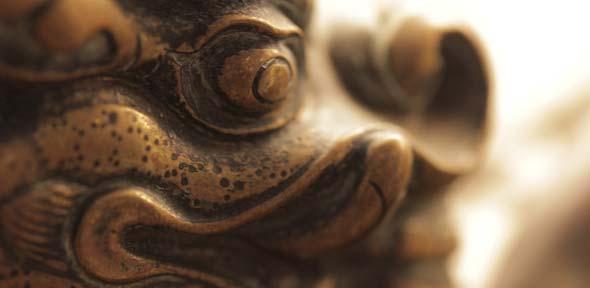
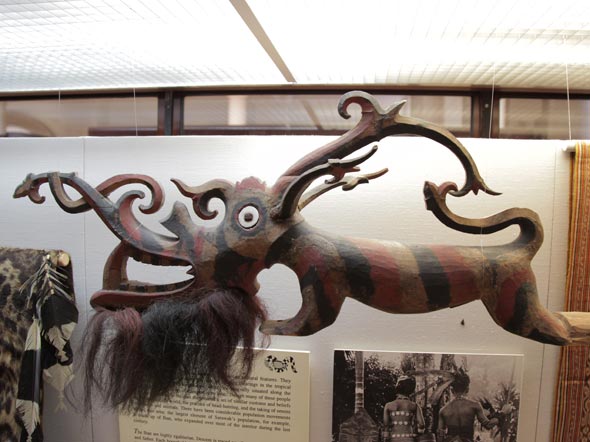
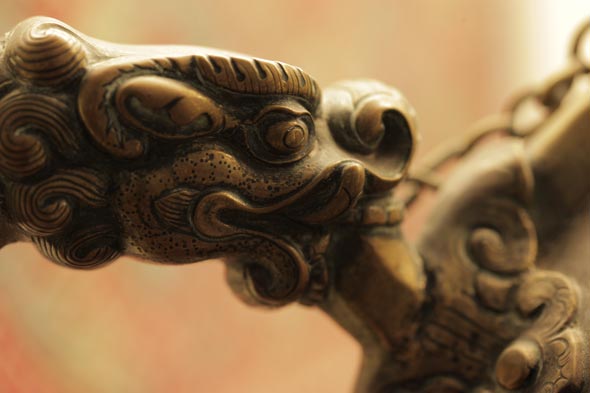

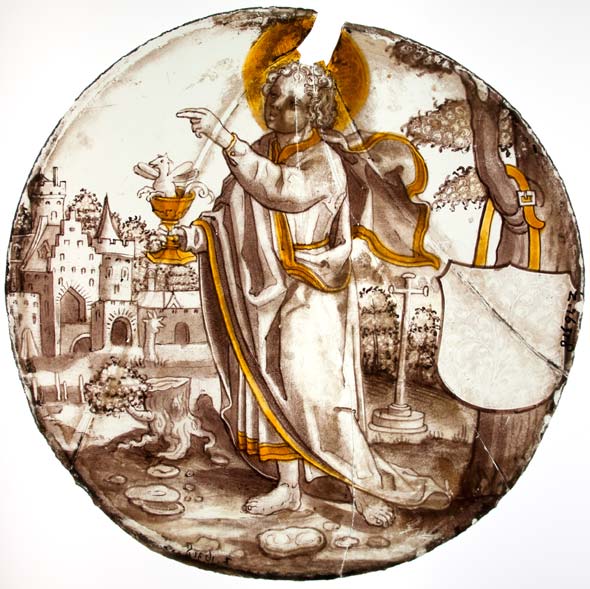
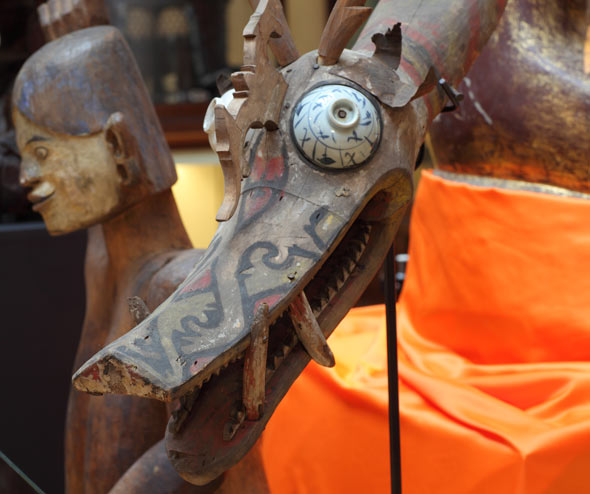
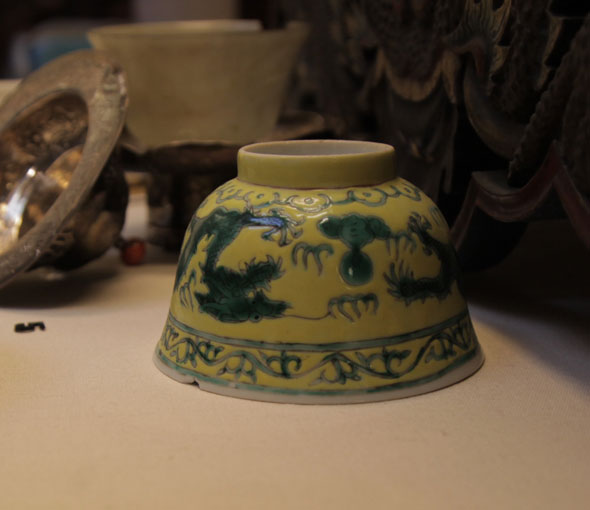


 Dr Stephen Barclay – University Lecturer in Palliative Care and General Practice, Department of Public Health and Primary Care
Dr Stephen Barclay – University Lecturer in Palliative Care and General Practice, Department of Public Health and Primary Care Dr Paula Buttery – Senior Lecturer, Department of Theoretical and Applied Linguistics
Dr Paula Buttery – Senior Lecturer, Department of Theoretical and Applied Linguistics Dr Nik Cunniffe – Lecturer, Department of Plant Sciences
Dr Nik Cunniffe – Lecturer, Department of Plant Sciences Dr Elizabeth DeMarrais – Senior Lecturer, Division of Archaeology, Faculty of Human, Social and Political Sciences
Dr Elizabeth DeMarrais – Senior Lecturer, Division of Archaeology, Faculty of Human, Social and Political Sciences Dr George Follows – Consultant Haematological Oncologist, Addenbrooke’s Hospital
Dr George Follows – Consultant Haematological Oncologist, Addenbrooke’s Hospital Dr Julia Gog – Reader in Mathematical Biology, Department of Applied Mathematics and Theoretical Physics
Dr Julia Gog – Reader in Mathematical Biology, Department of Applied Mathematics and Theoretical Physics Dr Bart Hallmark – Lecturer, Department of Chemical Engineering and Biotechnology
Dr Bart Hallmark – Lecturer, Department of Chemical Engineering and Biotechnology Dr Adrian Kelly – University Lecturer, Department of Pathology
Dr Adrian Kelly – University Lecturer, Department of Pathology Professor James (Jim) Secord – Professor of History and Philosophy of Science, Department of History and Philosophy of Science
Professor James (Jim) Secord – Professor of History and Philosophy of Science, Department of History and Philosophy of Science Ms Mary Ann Steane – Senior University Lecturer, Faculty of Architecture and History of Art
Ms Mary Ann Steane – Senior University Lecturer, Faculty of Architecture and History of Art Dr Edgar (Ed) Turner, Teaching Officer in Biological Sciences, Institute of Continuing Education
Dr Edgar (Ed) Turner, Teaching Officer in Biological Sciences, Institute of Continuing Education Professor Jim Woodhouse – Professor, Department of Engineering, School of Technology
Professor Jim Woodhouse – Professor, Department of Engineering, School of Technology

 Contrary to what some people may assume about the nature of digital life, adds Crowcroft, the vast majority of people highly value their own privacy. He points to the launch and then recall of Google Glass, a wearable computer worn like eyeglasses. “People started wearing these things into restaurants and other diners wouldn’t put up with it, because they didn’t want to be recorded while eating their lunch – it really creeped people out,” he says.
Contrary to what some people may assume about the nature of digital life, adds Crowcroft, the vast majority of people highly value their own privacy. He points to the launch and then recall of Google Glass, a wearable computer worn like eyeglasses. “People started wearing these things into restaurants and other diners wouldn’t put up with it, because they didn’t want to be recorded while eating their lunch – it really creeped people out,” he says.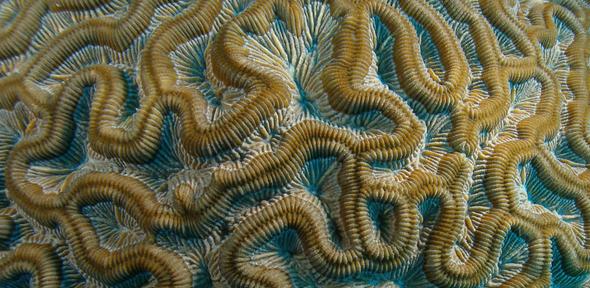
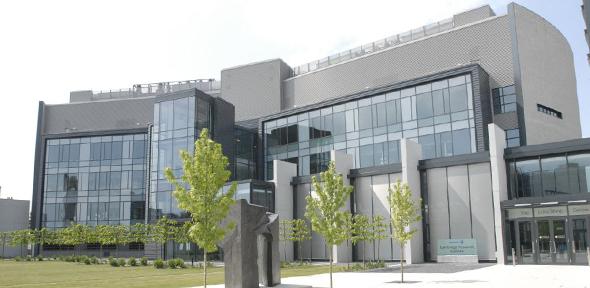











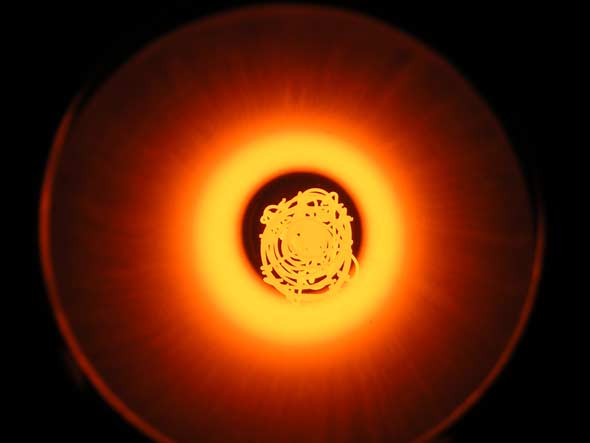
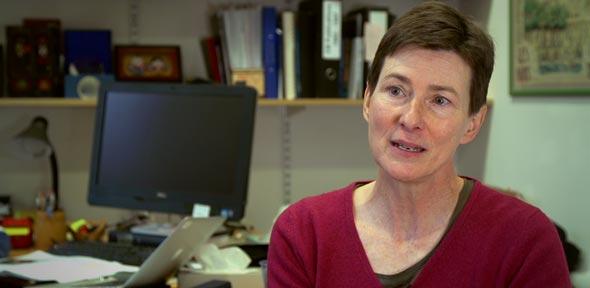

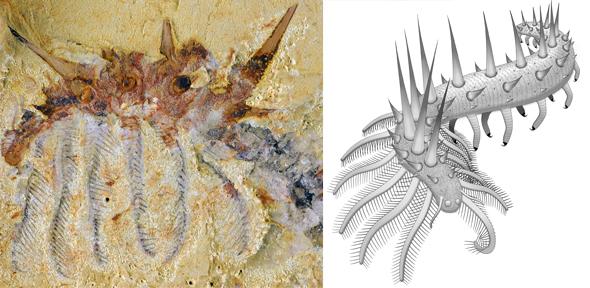



 The Award demonstrates a university's commitment to improving the working conditions and career development for research staff, which will in turn improve the quantity, quality and impact of research for the benefit of UK society and the economy.”
The Award demonstrates a university's commitment to improving the working conditions and career development for research staff, which will in turn improve the quantity, quality and impact of research for the benefit of UK society and the economy.”






